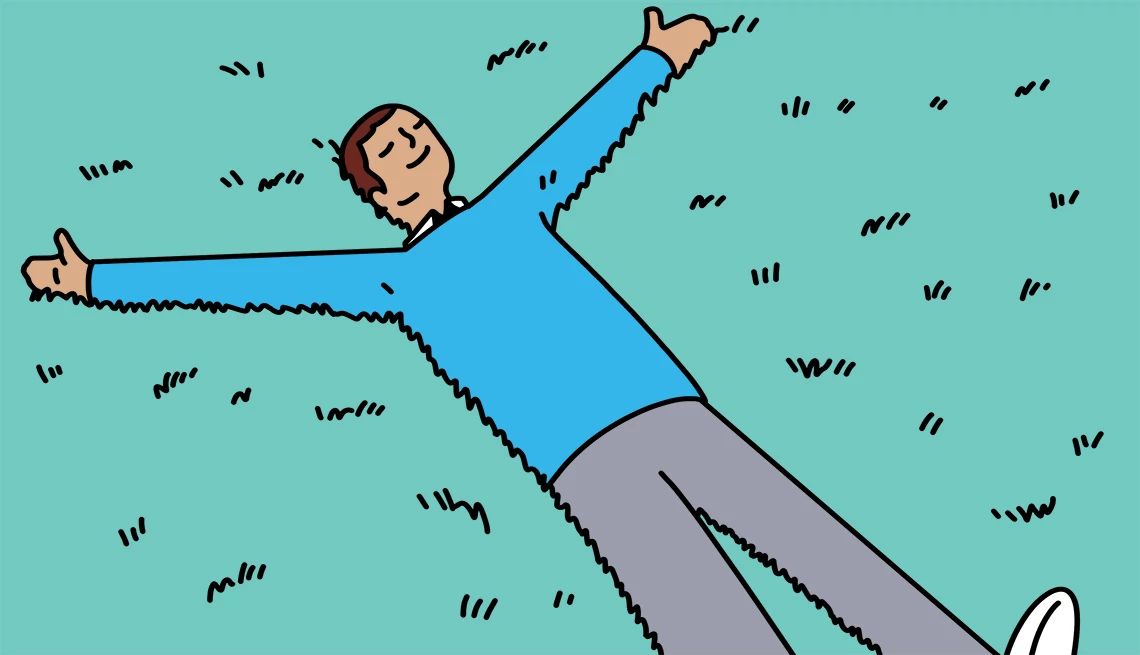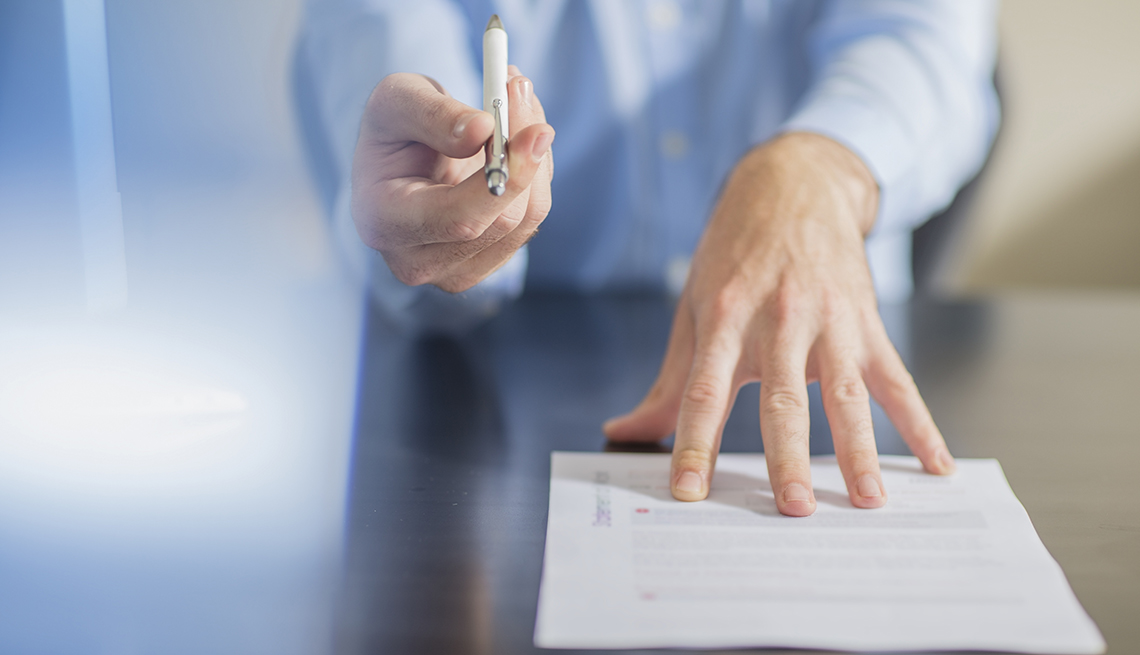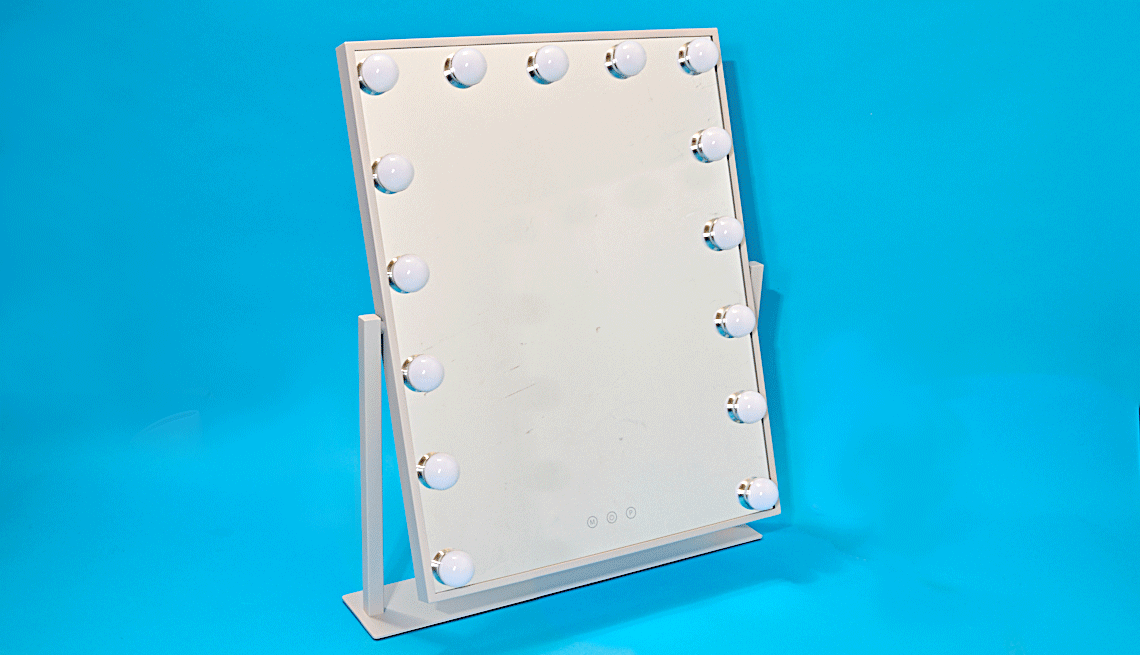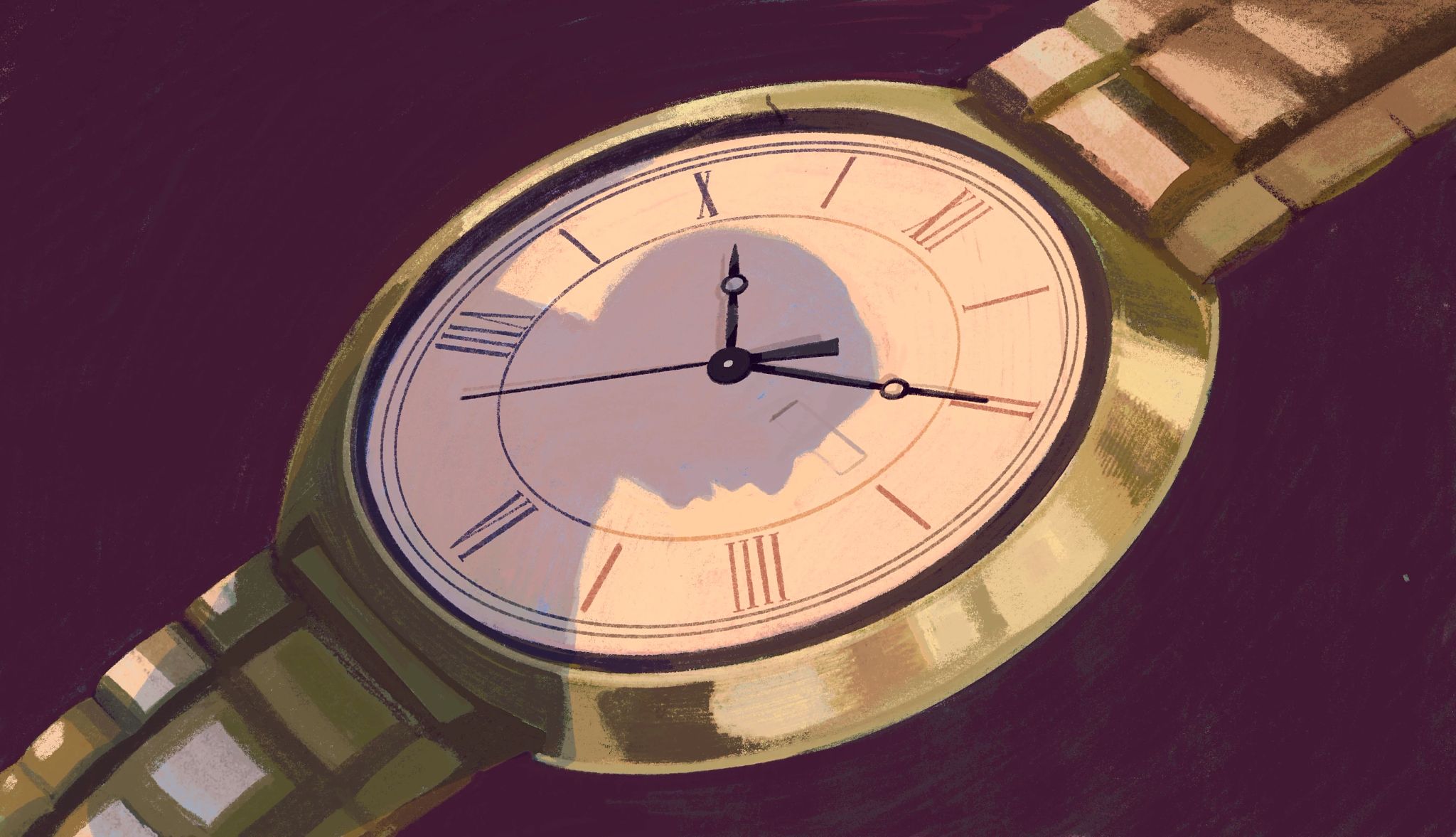
- Select a language for the TTS:
- UK English Female
- UK English Male
- US English Female
- US English Male
- Australian Female
- Australian Male
- Language selected: (auto detect) - EN
Play all audios:
9. LEARN PROPER DEEP BREATHS “Take a deep breath” is probably the most common advice for people experiencing stress. That’s because it works, according to Taitz. Most people take about 18
breaths per minute, she says. Taitz recommends slowing that down to as few as six breaths per minute by inhaling for five seconds, then exhaling for five seconds. Breathing techniques that
reduce the number of breaths per minute have been shown to increase activity in areas of the brain responsible for impulse control while reducing emotions like sadness and anger. “Deep
breathing has been shown to reduce stress, encourage relaxation and support emotion regulation,” says Robyne Hanley-Dafoe, author of _Stress Wisely: How to Be Well in an Unwell World_. She
recommends what she calls “birthday cake breathing,” which pairs deep breathing with visualization. “In your mind’s eye, try calling up an image of your favorite cake with lots of candles,”
says Hanley-Dafoe. “Take a deep breath in, and slowly blow out every last candle.” When you're feeling stressed, start belting out a funny tune — it may help! Sam Island 10. SING
LUDICROUS SONGS If you’re ruminating on stressful thoughts, try putting them into the form of a song and singing them to yourself as an upbeat tune, suggests Taitz. This can disarm stressful
situations by making them feel silly, she says. “Most of us have thoughts that are unhelpful and basically are the mental equivalent of spam,” Taitz says. “If you have one of those thoughts
— like ‘I’m a loser’ — instead of taking it seriously, sing it to an upbeat tune like ‘Do You Believe in Magic.’ If you do that, it loses its grip.… The sense of humor is so much better
than feeling derailed and governed by something that’s so ludicrous.” 11. ZOOM OUT You’ve probably heard the phrase “miss the forest for the trees.” It means you’re so mired in the details
that you fail to see the bigger picture. That’s exactly what happens when you’re experiencing stress, says Ethan Kross, a professor of psychology at the University of Michigan and author of
_Chatter: The Voice in Our Head, Why It Matters, and How to Harness It_. When we’re experiencing stress, “we tend to zoom in really narrowly on the problem,” says Kross, who recommends
“zooming out” and “taking a step back.” One way to do that is to engage in what he calls “mental time travel.” “When you’re in the midst of something stressful, you’re focused on that
experience,” Kross says. “You’re zoomed in. Instead, think about how you’re going to feel about this event tomorrow, next week, next month or next year. All of our emotions come and
eventually go. We lose sight of that in the moment of stress, but simply reminding ourselves of that by engaging in mental time travel gives us hope by highlighting the [transience] of what
we’re going through.” 12. LOOSEN YOUR EXPECTATIONS “We are always visualizing and imagining how the rest of our day, week or even life will go or should go,” Epel notes in _The Stress
Prescription_. “When these expectations are violated, it’s easy to feel like a tragedy has occurred.” To counter this, she recommends recognizing your expectations and letting go of them by
accepting uncertainty. “Notice strong attachments to how you think things should go, and see them for what they are: one possible outcome, not a sure thing,” Epel further writes. “Mentally
wipe clean the whiteboard of the day or week ahead. Remind yourself that anything can happen, including unexpected positive things. Uncertainty is welcome.” 13. PUT AWAY YOUR PHONE
Smartphones can be huge sources of stress, says researcher Melissa Huey, assistant professor of psychology at the New York Institute of Technology. For many, the issue is addiction.
“Smartphones have the same chemical reaction in the brain as drugs and alcohol,” she says. “Getting likes, messages and notifications from your phone releases dopamine, which makes us feel
good.” Huey says some people become so dependent on their phone that they develop a fear of being without it, which is known as nomophobia. “For other people, having a continuous stream of
updates and being at others’ beck and call can generate a sense of urgency, leading to increased anxiety and stress,” she says. To curtail phone-related stress, Huey recommends keeping your
phone outside the bedroom when you sleep, turning off notifications or using your phone’s “do not disturb” setting, and regularly taking breaks from the device for set periods, like 30
minutes or an hour. “A good time to start doing this is also when you’re engaging in a particular hobby you enjoy, perhaps while watching your favorite television shows,” Huey says. 14.
TURN OFF THE NEWS For a lot of smartphone users, it’s not the phone that creates stress. Rather, it’s the content they’re consuming on it, including news and social media. “Before
smartphones and social media, most people got their news from reading the morning paper or [watching] the evening newscast,” Huey says. “In other words, news consumption was contained to
certain times of the day. We’re now living in a 24-hour news cycle, and thanks to our smartphones, we have instant access to events happening virtually anywhere in the world right at our
fingertips. Understandably, some of this news is distressing and can contribute to feelings of stress and anxiety.” The answer isn’t to cut yourself off entirely from news and social media,
but to manage your consumption. “Schedule a specific window of time during the day to check the news,” Huey says. “In other words, try to re-create the former, less intrusive way we used to
consume news.” Timeboxing — or scheduling a "worry window" — may reduce worry for the rest of the day by limiting it to a specific time. Sam Island 15. SCHEDULE STRESS “Some
people worry all day — it’s like a news ticker of worries is running constantly in their mind,” says Taitz. However, you might be able to short-circuit your inner breaking-news alerts by
what is sometimes called timeboxing. Whether you do it for 5, 10 or 20 minutes, what’s important is creating a dedicated time and place for worries so you can sit with them mindfully. “It
turns out that setting a time to worry reduces worry for the rest of the day,” Epel writes in _The Stress Prescription_. “You may very well end with a sense of having ‘gotten it out of your
system’ for the day.” 16. SCHEDULE SERENITY While you’re scheduling time for stress, it might also be wise to schedule time for serenity, suggests Hanley-Dafoe. “Schedule microbreaks and
opportunities for active recovery in your calendar and honor them as you would any other important meeting,” she says. “We know that even 15-minute blocks of rest, reflection,
self-compassion and active recovery can make a big difference.” To maximize the benefits of scheduled rest, Hanley-Dafoe suggests dividing your day into quarters, such as morning, midday,
afternoon and evening. “Within each of the quarters, try integrating some form of recovery or rest behavior that helps you tend to your body, mind and heart,” she says. “This may be standing
up from your office chair and stretching, listening to one song or doing one act of service. These micro-behaviors, done consistently, can help us move toward our desired state.” 17. TAKE
INVENTORY Because stress can sneak up on you, it can be helpful to create a stress inventory, says Epel. She recommends writing down a list of everything that makes you feel pressure,
stress, anger or uncertainty. When your list is complete, ask yourself which items are within your power to change and which aren’t. If you’re stretched too thin at work, for example, can
you establish boundaries with colleagues or otherwise change your working conditions? If you’re exhausted by social commitments, can you reprioritize relationships to focus on deeper
friendships with fewer people? Better yet, check your list for stressors you can delete entirely. “Cross out any situations that you can exit or end,” Epel notes in _The Stress
Prescription_. “Visualize your day minus that particular stressor.” 18. BE GRATEFUL Hodges notes that gratitude has a long history as a valid resilience tool. “Regular gratitude practice —
giving and receiving gratitude — has been found to [help us] improve our quality of life, better manage our stress, feel more happy and … better manage the challenges, changes and storms of
life,” she says. “Personally, I set reminders to express gratitude on a regular basis — though after a while, I stopped needing reminders.” Don’t just feel gratitude in the moment; try to
capture it so that you can feel it again later, suggests Hanley-Dafoe.









